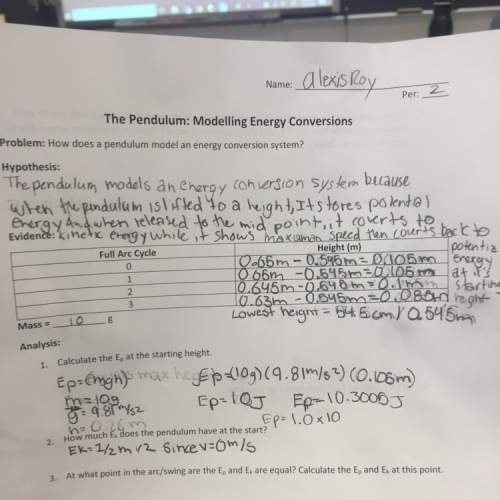Learning head to tail vector addition worksheet name
for this activity you will be adding vec...

Physics, 07.10.2019 01:10, kellyzeissss1286
Learning head to tail vector addition worksheet name
for this activity you will be adding vectors using the head to tail method. each mm will be equal to a man
walking 3 meters. per minute. use the graphs to create a resultant vector. for example:
if these are my three vectors:
and i place the b vector on to the a vector i would see that vector b it two right and 3 up. so it would be
attached to the arrow end of vector a in the same shape and direction. the same is true for vector c. it is
1 left and 3 up. it should start at the end of b and have the same magnitude (length) and direction. so the
resultant would be as seen below:
now i can us a ruler and a protractor to find the resultant direction and magnitude.
now you try.
a
b
c
given the following vectors, create head to tail models and find the resultant magnitude and direction.
the arrows are not perfect but use the corner that they are closest to:
1. a + e + f
magnitude = direction =
a
b
c
d
e
f
g
h
2. d + a + f
magnitude = direction =
3. d + g + a
magnitude = direction =
4. f + g + h
magnitude = direction =
5. f + h + g
magnitude = direction =
6. e + h + b
magnitude = direction =

Answers: 2
Other questions on the subject: Physics


Physics, 21.06.2019 19:00, MIYAISSAVGE2409
Like a key in a lock, the shape of the. must bind with the. of the recieving neuron
Answers: 1

Physics, 22.06.2019 21:30, chasechevy13
Which of the following best describes the circuit shown below?
Answers: 3

Physics, 22.06.2019 22:00, lex1kkkk
The inside surface of a cylindrical-shaped cave of inner diameter 1.0 m is continuously covered with a very thin layer of water. the cave is very long and it is open on both ends. the water on the cave surface is at a constant temperature of 15.5 °c. the cave is constantly exposed to wind such that 15.5 °c air flows through the cave at 4.5 m/s. the kinematic viscosity of the air is 14.66 x 10-6 m2/s and the molecular diffusion coefficient of water vapor in the air is 0.239 x 10-4 m2/s. because the cave diameter is so large, the flow of wind down the length of the cave, in the x direction, can be treated like it is external flow and the cave surface can be approximated as flat where appropriate. calculate the x value, in a) the transition to turbulent flow occurs at rex meters, where the air flow transitions from laminar to turbulent along the inside surface of the cave b) calculate the x value, in meters, where the bulk steady state concentration of water vapor in the air flowing in the cave is 10% of the saturation concentration. assume the air at the surface of the water layer is 100% saturated with water vapor. assume the wind entering the cave contained no moisture before it entered the cave. take into account the transition from laminar to turbulent flow when solving part b
Answers: 1
Do you know the correct answer?
Questions in other subjects:

English, 09.11.2020 22:30

History, 09.11.2020 22:30

Mathematics, 09.11.2020 22:30







Mathematics, 09.11.2020 22:30







